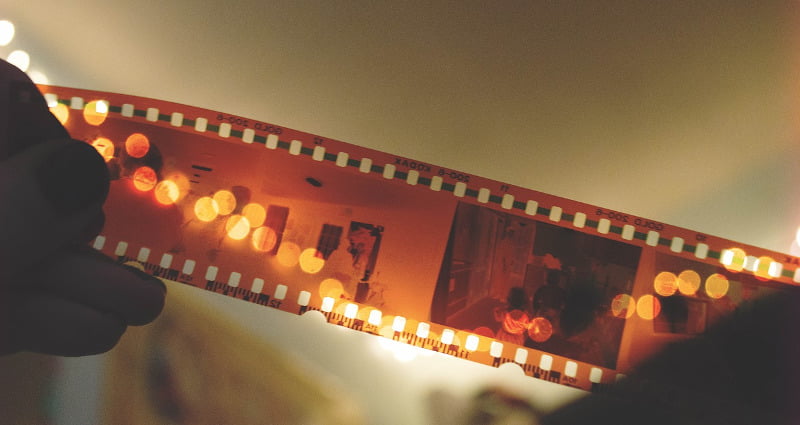For the past year or so, I have been adapting a novel to script.
Every Friday morning I meet my son who works in film and together we do some screenwriting and the usual sort of creative support stuff that creatives need.
He's helped me to shape the second part of my Yeats-Gonne trilogy, Dancing in the Wind, into a script which is shortly going to be sent to producers, and anyone else who might be interested.
Writing a film script for spec submission is very different to writing a novel for self-publication.
A self-published novel has to be as good as you can get it, with the help of editors and readers. It's all on you. For the script, you know that as soon as people get their hands on it, they are going to change it.
I thought that would make it easier… and maybe it will as I do more scripts (see below). But it didn't work that way this time, as I taught myself this new way of telling story.
It was hard work, challenging at lots of levels but super-enjoyable.
Adapting A Novel to Script: Why I Did It
I have really enjoyed the experience of writing script. The reason I tried it in the first place was to meet a challenge I was having with my current novel. I had so much research material on these three fascinating characters – WB Yeats, Maud Gonne and her daughter Iseult — that I was drowning in material.
The script has helped me to cut my way through and I expect the novel to follow soon.
I'm actually thinking that I might begin all my novels as script going forward. There is something about imagining it on the big screen that helps to contain me, stops me from spreading off in all directions, while still giving me enough creative room to stretch.
Adapting A Novel to Script: My Top Three Tips
1. Think Conflict
While conflict is at the heart of all storytelling, in a film you only have 90 minutes and that means clarity and precision above everything.
- Visit www.imbd.com and examine the plot summaries and loglines for some of your favorite movies.
- Work out for yourself how each logline prompts you to want to see this movie.
- Drill your novel's essential idea down into a couple of short sentences that encompass conflict, ideally in the form of a protagonist and strong antagonist.
- Distil this idea down into a log line that matches those ones you've read for your favourite movies on IMBD.
- Begin to write script. My best tip there is to purchase Final Draft. It makes it all sooooooo much easier.
2. Cut, Cut, Cut
Novelists are wordy by nature and a script is all about action and visuals. For the reading script you just want to give the first person who will see it a good reading experience, with a clear picture of the genre and characters, and a clear plotline. Everything that isn't 100% working to uphold action and character has to go.
3. Read your favorite movies as script.
Script Writer Pro offers this great list of 50 Of The Best Screenplays To Read And Download In Every Genre.
Get some good screenwriting books and attend some courses. My favorite were Pilar Alessandra‘s.
And here, if you are interested, (with te dah…. drum roll…. and all of that), is my draft script.
It is currently being proofed, so please ignore typos.
If you enjoyed this post, please let me know on my Facebook page or via Twitter. And… if you have some likeminded friends, I’d love for you to share it with them. Thank you!
